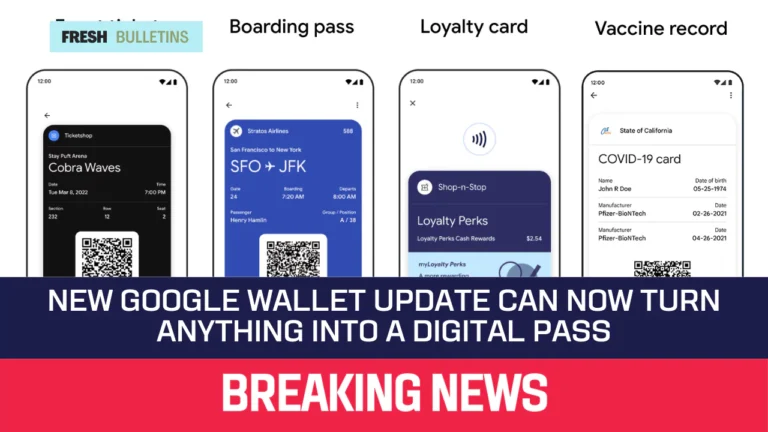Microsoft Releases Patches for 90 Flaws, Tackles 10 Critical Zero-Day Vulnerabilities
Microsoft has issued updates to fix 90 security flaws, including 10 critical zero-day vulnerabilities. These flaws can let hackers take control of systems or steal sensitive information. The company aims to protect users and improve security for its software products.
What Are Zero-Day Vulnerabilities?
Zero-day vulnerabilities are weaknesses in software that hackers can exploit before the company knows about them. Because they are unknown, they can be especially harmful. Once Microsoft learns about these flaws, it works quickly to create patches. This helps keep users safe from attacks. In this month’s update, six of the zero-day vulnerabilities are currently being used by hackers in the wild, making them urgent issues.
Details of the Vulnerabilities
Among the vulnerabilities, there are various types that attackers could exploit. Here are some of the critical zero-day vulnerabilities resolved by Microsoft:
- CVE-2024-38189: This flaw is related to the Microsoft Project. It can allow remote code execution, meaning an attacker can run harmful software on a user’s computer. This flaw has a high danger rating.
- CVE-2024-38178: This vulnerability affects the Windows Scripting Engine. It leads to memory corruption. If exploited, it can cause serious problems for users.
- CVE-2024-38193: This vulnerability targets the Windows Ancillary Function Driver. Like the others, it allows an attacker to gain access not meant for them, which is called elevation of privilege.
- CVE-2024-38106: This is another elevation of privilege flaw. It affects the Windows Kernel and can let unauthorized people perform actions they should not do.
- CVE-2024-38107: This flaw is related to the Windows Power Dependency Coordinator. It can also allow improper access, enabling an attacker to control parts of the system.
- CVE-2024-38213: This vulnerability allows attackers to bypass certain security features. Specifically, it can bypass SmartScreen protections, making computers more vulnerable.
Importance of Patches
Patching software means providing updates that fix known issues. It is crucial for protecting computers. When users install these patches, their system becomes safer. Cybersecurity experts insist that timely updates are important. Ignoring them can lead to serious attacks.
Microsoft not only addresses the zero-day vulnerabilities but also fixes 84 other flaws. Among them, many are rated important or moderate. The majority of the updates were necessary to ensure the security of various Windows products.
Dangers of Ignoring Updates
When users do not update their systems, they risk getting attacked. Hackers can use these vulnerabilities to steal data, install malware, and disrupt services. Organizations must have a strategy to keep systems updated regularly. The U.S. Cybersecurity and Infrastructure Security Agency (CISA) has put some of these vulnerabilities in its Known Exploited Vulnerabilities catalog. This means federal agencies are required to implement the fixes by a particular date. This enhances the security posture of important systems.
Steps for Users
Users should take a few simple steps to stay safe:
- Install Updates Regularly: Check for software updates at least once a month. Install all published patches quickly.
- Backup Data Frequently: Keep backups of important data. If a problem occurs, it becomes easier to restore everything.
- Use Antivirus Software: Reliable antivirus can help catch malware before it installs.
- Be Cautious with Emails: Phishing emails are a common way for hackers to gain information. Be careful with emails from unknown sources.
- Educate Yourself: Understanding how vulnerabilities work can help you recognize potential threats.
Other Vendors Patching Issues
Microsoft is not the only company releasing patches. Other major tech companies are also fixing vulnerabilities in their software. Companies like Adobe, Apple, and Cisco have also released important updates. Each vendor works to secure its products and protect users.
Conclusion
Microsoft’s recent release of patches for 90 flaws, including 10 critical zero-day vulnerabilities, is a key step in maintaining software security. Users must stay vigilant and install these updates promptly. By doing so, they can protect their devices from hackers. Keeping software updated is one of the simplest and most effective ways to enhance security. Cybersecurity is everyone’s responsibility, and timely action can make a significant difference.






